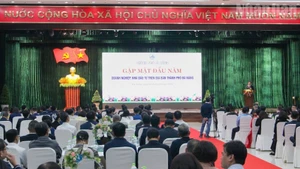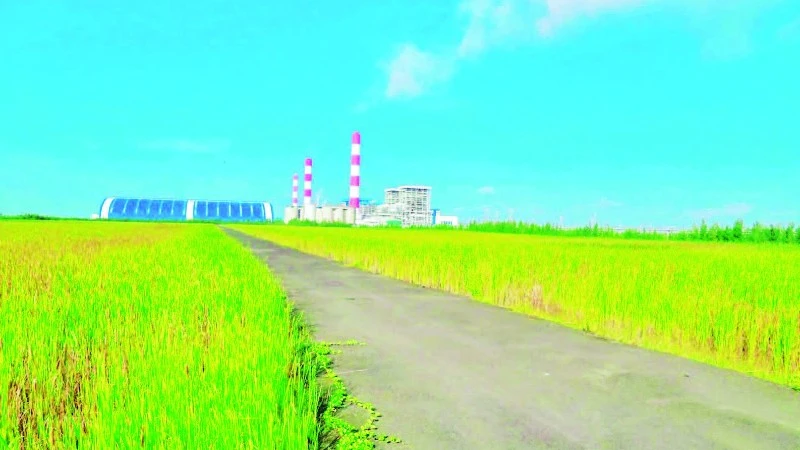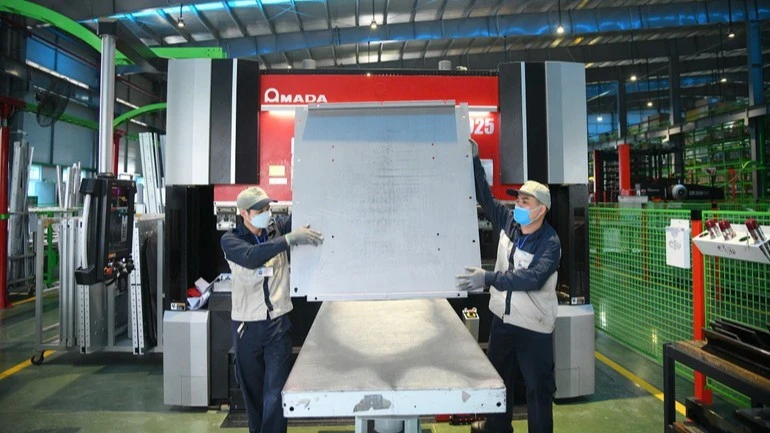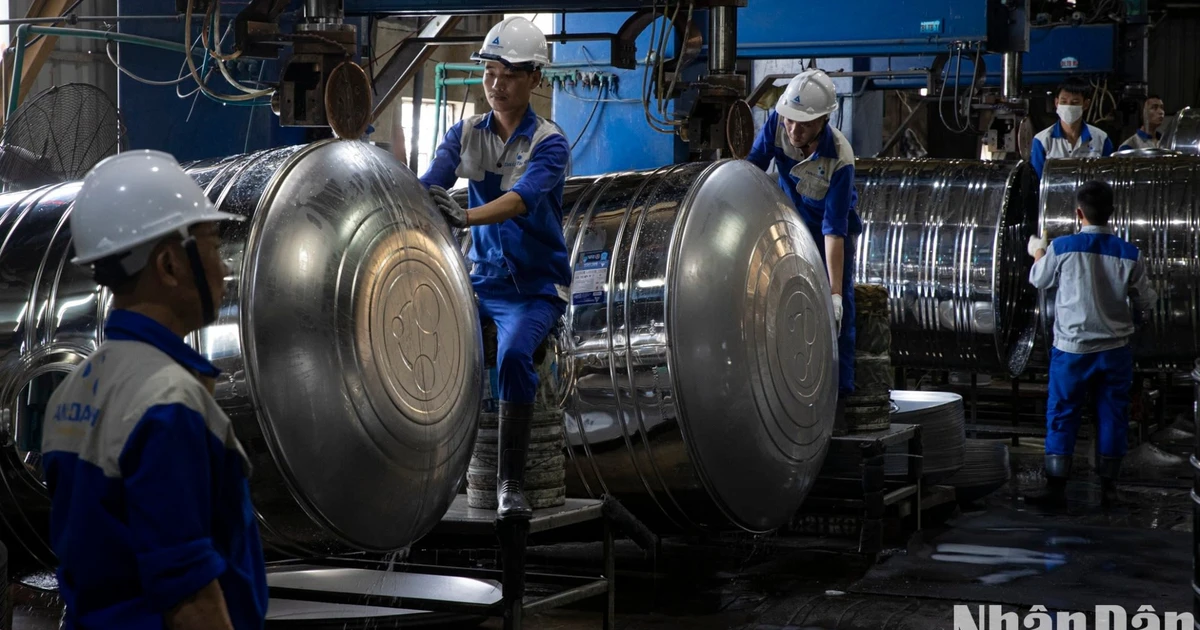Is capital flow being misdirected?
As a dedicated advocate for the development of indigenous medicinal herb plantations, Dr. Kim Ngoc Quang, General Director of Kim Hoang One Member Limited Liability Company, has long been passionate about technology transfer projects for local communities. However, funding is essential in the implementation of such projects — an issue that has constantly weighed on his mind.
For years, in order to secure capital for development projects, the company has had to mortgage land use rights to commercial banks, with loan interest rates fluctuating around 9% per year and occasionally rising to 10–11% under floating rates. Even obtaining a loan is difficult, but once acquired, short repayment periods make it challenging for businesses to invest in long-term projects. In fact, the enterprises are not short on money. However, they cannot ‘shuffle funds from one place to another’ because this approach will breach financial discipline,” Quang explained.
According to a survey by the Viet Nam Chamber of Commerce and Industry (VCCI), the private sector currently accounts for about 50% of total outstanding credit, equivalent to nearly 7 quadrillion VND. Yet 20% of that credit flows into real estate, and a similar proportion into consumer finance. It is therefore not surprising that key sectors such as agriculture, supporting industries, and logistics are still “thirsty for capital”. Notably, 45% of small and medium-sized enterprises (SMEs) participating in the survey reported difficulties in accessing loans due to a lack of collateral or failure to meet financial documentation standards.
The private sector's challenges go beyond credit channels. It currently mobilises only about 13% of capital through the stock market. According to Dr. Nguyen Quoc Viet, former Deputy Director of Viet Nam Institute for Economic and Policy Research (VEPR), the structure of credit flows today is misaligned with development needs.
Sharing this view, Assoc. Prof. Dr. Nghiem Thi Tha, General Secretary of the Viet Nam Financial Consulting Association (VFCA), candidly pointed out that the capital bottleneck for the private sector stems from a fragmented legal system, unappealing long-term investment and venture capital policies, a lack of credit rating agencies, and the absence of tools for assessing financial capacity.
Ending the paradox of “having money but being unable to spend”
Analysts have observed that Viet Nam’s current financial structure is overly concentrated in real estate, which in turn is “strangling” productive enterprises and distorting the country’s development priorities. Private enterprises lack sufficient resources to invest in research and development, posing a serious risk to the creation of a modern and sustainable industrial economy.
According to Nguyen Van Than, Chairman of the Viet Nam Association of Small and Medium Enterprises, many government support packages are implemented in a timely manner, but businesses are unable to absorb the policies, resulting in low and ineffective disbursement of support funds.
In the context of Resolution No. 68-NQ/TW issued by the Politburo, which clearly identifies the private sector as a key driver of the national economy, experts unanimously agree that unblocking capital flow into this sector is not only an urgent requirement but also a strategic cornerstone for economic development. At the conference on thoroughly grasping and implementing Resolution No.68, Prime Minister Pham Minh Chinh also stressed the need to diversify and expand funding sources. He stated that a portion of commercial credit should be prioritised for private enterprises, especially small and medium-sized businesses, supporting industries, and innovative startups. In the near future, the governor of the State Bank of Viet Nam will issue a circular to concretise capital-related policies.
Delving deeper into the solutions, Assoc. Prof. Dr. Nghiem Thi Tha stressed the need to first improve the legal framework and financial policies, through the development of dedicated laws and decrees on finance for the private sector. It is especially necessary to establish and expand more diverse capital mobilisation channels, and to promote the formation of private investment funds following the public-private partnership (PPP) model. Private investors must be given the opportunity to participate in projects involving public investment.
Citing the example of the Dien Chau–Bai Vot section of the North-South Expressway project, Dr. Tha affirmed that with a clear risk-sharing mechanism, PPPs can indeed succeed — and such success would have a positive impact by unblocking public investment flow, which serves as an important channel for national capital.
This concern was echoed by Prime Minister Pham Minh Chinh, who remarked, “The entire country is living through the historic months of April and May with a spirit of speed and boldness. Yet, public investment remains sluggish.” At a recent national online conference on boosting the momentum of public investment growth in 2025, the prime minister emphasised that we cannot “just sit and wait”. Instead, it is necessary to identify and propose amendments to institutional bottlenecks, and especially to reconsider the role of major corporations and private enterprises in implementing public-private partnerships.
Looking to the long term, Dr. Bui Thanh Minh, Deputy Director of Expertise at the Office of the Prime Minister’s Advisory Council for Administrative Procedure Reform (Advisory Council IV), suggested that beyond removing capital barriers, the fundamental solution lies in building a transparent and equitable institutional environment, one in which enterprises can grow sustainably based on their own internal capabilities. Otherwise, even if capital flow is unblocked, businesses will still struggle to fully harness their potential and competitiveness.
One notable provision in the draft amendment to the Law on Credit Institutions currently under review by the National Assembly is the proposed transfer of authority to approve non-collateral loans with a special interest rate of 0% per annum from the prime minister to the State Bank of Viet Nam. This move aims to enhance decentralisation, reduce bureaucratic layers, shorten processing times, and ensure the timely, secure, and safe operation of the credit system.
















